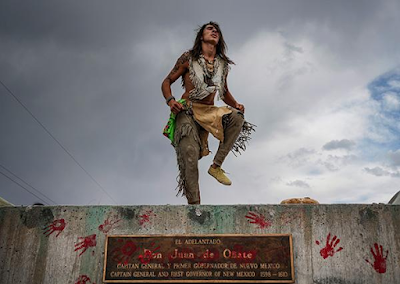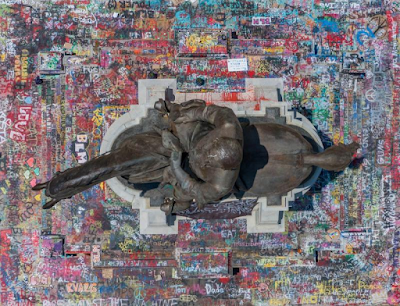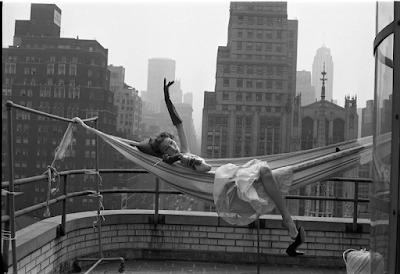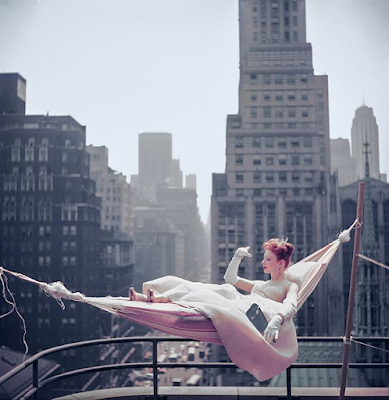Via Columbia Journalism Review
June 20, 2023
Journalists in America must be allowed to safely cover protests
(Note: Monroe Gallery presents "Good Trouble", an exhibition of photographs that register the power of individuals to inspire movements and illustrates the power of protest from a deeply human perspective. Through this exhibition, we are reminded of the power of photographs to propel action and inspire change. June 30 - September 17, 2023)
A week after the May 1 strangulation death of Jordan Neely, demonstrators assembled outside the Broadway-Lafayette subway station for a candlelight vigil. Freelance photographer Stephanie Keith was there to cover events, and when police began to arrest protesters, she moved into the street to get the shot. Soon Keith was in handcuffs, being led away by two officers, facing charges of disorderly conduct.
“I was dumbfounded. I thought it was a mistake,” Keith told me. “I really didn’t understand why this was happening to me.”
Keith’s arrest might be a relatively minor incident in America’s press freedom landscape if it were not the case that police routinely impede the rights of the press to cover protests and demonstrations.
I spent 2022 as a fellow at the Knight First Amendment Institute researching the issue. I spoke with dozens of journalists across the country, with leading experts on policing, with First Amendment scholars, and with the police themselves (none would speak on the record). I pored over data from the US Press Freedom Tracker, and researched the history of police-press interactions from the civil rights era to the present day. My report “Covering Democracy: Protests, Police, and the Press” is out today.
The report documents a troubling reality: despite the protection of the First Amendment, the right of journalists to cover protests has not been secure. As the Associated Press’s assistant general counsel Brian Barrett explained, what matters most “is what a police officer decides at two in the morning in a heated environment.”
In most instances journalists and protesters themselves enjoy the same rights, including the right to photograph and otherwise record events, so long as they do not interfere with the activities of the police. But by tradition, journalists covering protests have sought to distinguish themselves in some way—by standing off to the side, but wearing credentials or distinctive clothing, or by verbally identifying themselves to police. In most instances police respected the role of the press and allowed journalists to do their job. But where the institutional relationships have broken down, and particularly when police employ force, journalists have been arrested and attacked in significant numbers.
The issue came to a head most recently during the summer of 2020, when Americans took to the streets in record numbers following the murder of George Floyd by police officers in Minneapolis. According to the US Press Freedom Tracker, 129 journalists were arrested or detained while covering the protests during 2020, and hundreds more were attacked or assaulted by police, in some cases resulting in serious injuries.
One of the most notorious episodes occurred on May 30, 2020, the day after CNN correspondent Omar Jimenez was arrested on live television. That evening, as police in Minneapolis enforced a citywide curfew, they swept through a group of about two dozen journalists who were standing apart from protesters, wearing credentials and carrying professional camera equipment. Police attacked them using less lethal munitions, including pepper spray, and shoved several who tried to escape the onslaught over a six-foot retaining wall.
Ed Ou, a Canadian war photographer who had moved to the US because he wanted to work in a country where the rights of journalists are respected, was hit in the face with what he believes was a flash-bang grenade; he was seriously injured. Ou later told me that because of the violence and suddenness of the police response in Minneapolis, “my radar for what’s safe has been completely fried.”
Ou decided to participate in a lawsuit brought by the ACLU against the police and state and local authorities on behalf of journalists who had been attacked and injured. That case, Goyette v. City of Minneapolis, resulted not only in monetary compensation for the plaintiffs but a settlement requiring police to refrain from attacking or arresting journalists. A scathing Justice Department report on the Minneapolis Police Department released Friday noted that “officers regularly retaliate against members of the press—particularly by using force.”
Police in Minneapolis and across the country often claim they can’t possibly distinguish between journalists and protesters when everyone has a cellphone. But the First Amendment requires that they do so, as affirmed in the Goyette settlement and a federal court ruling in another case, Index Newspapers v. City of Portland. In that instance, the court determined that police must ensure that journalists are not subject to violence, arrest, and dispersal and directed officers to identify journalists based on observable behavior, often called a “functional test.”
Police at times have resisted that standard because they allege that protesters falsely claim to be journalists in order to evade arrest. But my research indicates that such behavior, while troubling, is exceedingly rare. Much more common, and thoroughly documented, are instances in which police attack, assault, or arrest journalists who are clearly identifiable and engaging in newsgathering. In one instance Australian correspondent Amelia Brace and her crew were assaulted live on camera by US Park Police while covering a protest outside the White House in June 2020. Brace later testified before Congress that she was shocked by the violence of the attack and that she had expected to work “freely and safely…in the world’s greatest democracy.”
Brace is right. The media has a critical role in ensuring that all First Amendment rights are protected, including the right to assembly and speech. The recent arrest of Stephanie Keith drives home the fact that, as Keith herself put it, “the cops are so arbitrary, and they have so much power over you.” As we enter a polarizing election session in which some of America’s messy politics are likely to play out in the streets, police across the country must ensure that journalists are able to document protests without the risk of attack or arrest.
Joel Simon is the founding director of the Journalism Protection Initiative at the Craig Newmark Graduate School of Journalism.









